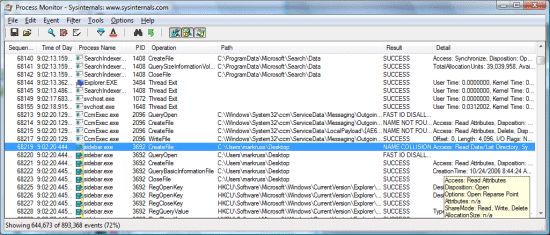

They are triggered when the intervals or conditions defined in the Event object apply, in which case they are visible on the list of Tasks with status Active. You can also enter wildcard characters (* and ?) within the search string.Įvent tasks are mostly in Sleeping status. For example, entering ABCDE actually triggers the search for *ABCDE*. This field uses implicit wildcards at the beginning and at the end of your search string. Select the custom filter that you want to delete.Įnter the name or part of the name of the tasks you are searching for.This overwrites the existing custom filter with your new settings. dialog and allows you to save the modified settings as a new filter. You have two possibilities to save the new filter: On the Filter pane modify the filter settings.Ĭlick the arrow on the Custom Filter button again.Click the arrow on the Custom Filter button.The filter is now available in the Custom filter dropdown list. Select Save as to use the name suggested by the system.and enter the name of the filter in the dialog that is displayed. Click the arrow on the Custom Filter button to expand the available options.If you save one under a particular user and then log in to as a different user, it will not be available. You can save your favorite filters for future reuse. After configuring the filter criteria, click the Filter button at the bottom of the pane to apply them.This means that selecting nothing is the same as selecting all entries in the list.

#Process monitor filter how to#
Tip: Read Combo Boxes first to learn how to use the combo boxes that allow you to apply filters to the list of Tasks.Ĭlick the Filter button on the Process Monitoring toolbar to open the Filter pane.


 0 kommentar(er)
0 kommentar(er)
